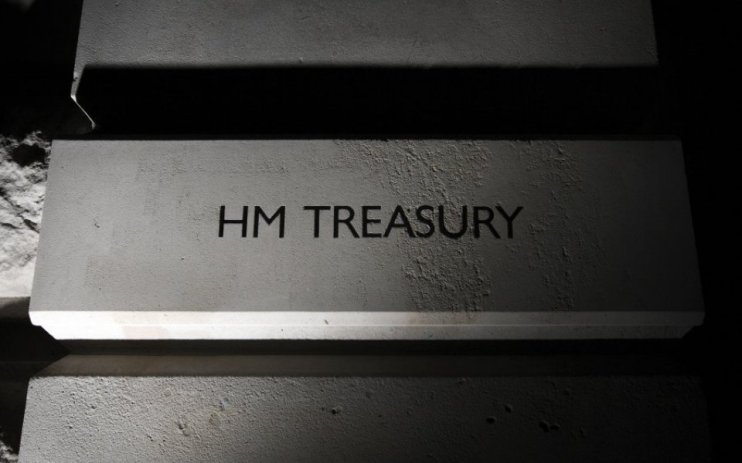Treasury spat intensifies as mandarins hit back at watchdog ‘fiction’ smear

The Treasury’s top civil servant denied accusations from the head of fiscal watchdog that the government’s spending plans were worse than “fiction” on Wednesday afternoon.
The Treasury has faced criticism from the Office for Budget Responsibility (OBR) in recent days for not making detailed spending plans available after 2025, when the current spending plans end.
Speaking in the House of Lords Economics Affairs Committee yesterday, Richard Hughes, chair of the OBR said that it was “generous” to call the government’s plan a fiction.
“Someone has bothered to write a work of fiction,” he said. “The government has not even bothered to write down what its departmental spending plans are for public services”.
When challenged on this point today, James Bowler, permanent secretary at the Treasury, said: “I don’t agree with what the excellent head of the OBR said and I don’t agree with the language he used.”
Speaking in the Treasury Committee, Bowler argued that “nothing had changed” in the way that the government was making policy.
“The point I’m making is that (Hughes’s comments) makes out that there’s some kind of novelty to a situation whereas this is exactly how it’s been, has always been,” he said.
“We have a three-year spending plan, they’re due to finish in just over a year’s time and then you have an assumption as to what spending will be thereafter,” Bowler continued.
40 per cent of government expenditure – including spending on health, education and transport – falls under departmental spending plans, which next come up for review in March 2025.

Until then, the OBR is reliant on Treasury figures which provide a single number for capital spending and day-to-day spending across all departments.
According to Treasury figures, day-to-day expenditure will increase by 0.9 per cent in real terms from 2025 while capital spending will remain unchanged. However, there is no breakdown of how funds will be allocated between different departments.